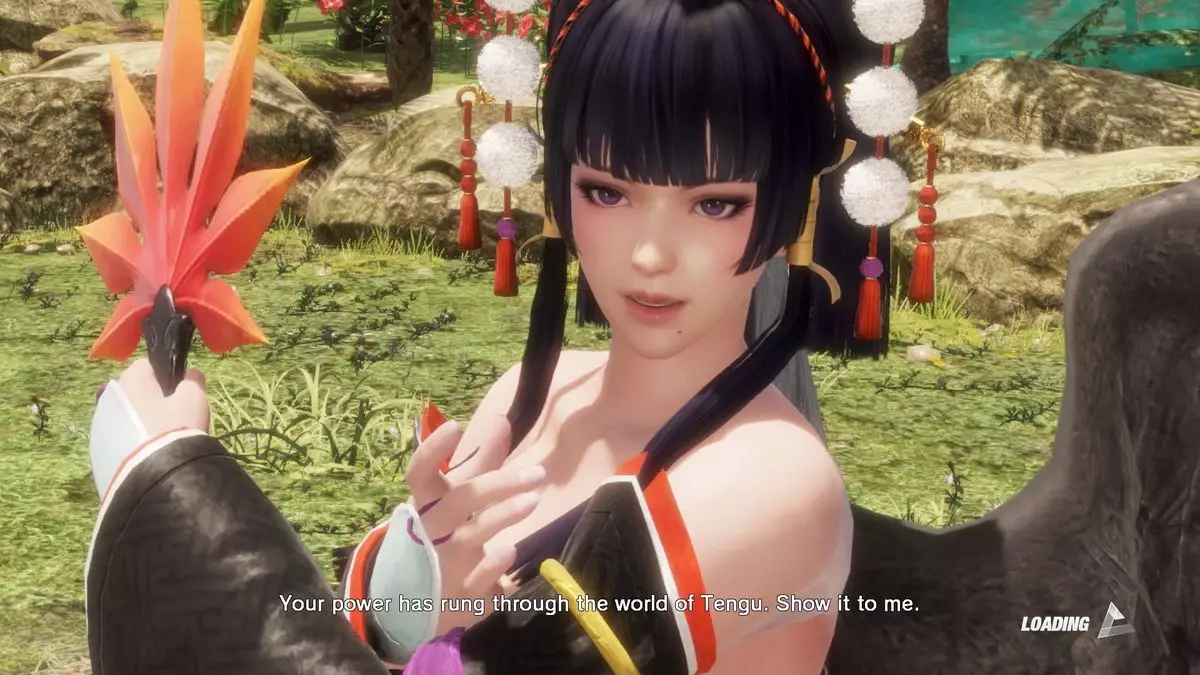In the world of fan-created content, art based on beloved video game characters has become a double-edged sword. Koei Tecmo, the publisher of the popular Dead or Alive franchise, finds itself at the intersection of fan creativity and intellectual property rights. A recent discussion with Tomotoshi Nishimura, the company’s general manager of legal affairs, during the Tokyo Esports Festa 2025 revealed the delicate balance Koei Tecmo attempts to maintain. While they recognize the passion that fuels fanart, they also enforce strict guidelines to protect their brand and characters.
Nishimura emphasized that Koei Tecmo’s stance is not entirely negative; in fact, they appreciate the efforts fans make in celebrating their characters through artistic expression. The company goes as far as sponsoring events like Comiket, where creators can showcase and sell their fanart. This gesture signifies their acknowledgment of fan contributions and a willingness to support those who monetize their creations. However, the line is drawn when fanart begins to stray into territory that could potentially compromise the integrity of their intellectual property.
Koei Tecmo’s stringent enforcement of fanart regulations becomes evident in the sheer volume of content they target for removal. The company reportedly reviews and takes action against approximately two to three thousand pieces of fanart each year. The primary triggers for content removal include premature depictions of characters from unreleased games and artworks that twist characters into perceived adult or sexualized interpretations. The latter point raises questions about how character portrayals are interpreted by both fans and creators, and whether such interpretations risk damaging the creators’ original intent.
What makes this situation particularly intriguing is the emotional attachment Nishimura describes regarding the characters. He likens the developers’ connection to these figures as akin to viewing them as “daughters.” This analogy complicates the dynamics of the company’s relationship with fanart. While such affection demonstrates a deep investment in character development, it risks coming off as overly possessive, especially in an era where fan interpretations are seen as a form of homage rather than outright infringement.
In exploring this complex landscape, it’s essential to consider the broader implications of Koei Tecmo’s policies on fan engagement and the creative community. Acknowledging that fanart is produced out of love highlights an opportunity for collaboration rather than adversarial enforcement. As businesses navigate the evolving digital landscape, fostering a cooperative relationship with fans can lead to more vibrant and diverse fan communities. By offering clearer guidelines and protecting their intellectual property without stifling creativity, Koei Tecmo can build a more conducive environment for fan collaboration.
At the heart of this discussion lies the balance between corporate interests and fan initiatives. As fanart becomes an increasingly popular expression within gaming culture, companies like Koei Tecmo have the opportunity to redefine their approach, bridging the gap between allowing creative freedom and safeguarding their brands. By shifting focus from punitive measures towards encouraging responsible creation, they can cultivate a community that both respects the original work and thrives on fan engagement.


Leave a Reply